
currents-in-space1-a.jpg
-----BEGIN PGP SIGNED MESSAGE----- Hash: SHA256
By Bruce R.
This is just a description of the "long sequence", with nothing offered to backup these assertions. Many of these assertions will challenge the currently accepted theories--well this is a new theory, so of course it's going to challenge accepted theories, but keep an open mind, that is how scientific method works. To describe the theories, and evidence, to backup each of these points, requires many books--more than what I've read. If I cited and described all of the background, the overall pattern of this paradigm shift would not be seen. There are many people already documenting the details with scientific methods.
These are not undisputed facts. But that is true for all scientific "facts". The scientific method allows all "facts" and theories to be challenged at any time. There are a lot of plasma scientists and amateurs looking at these theories, but you will not see them covered in the main-stream press, or in Astronomy journals, because they try to make these new theories look like a fringe or kook science. But why are "they" so thorough and aggressive in not allowing any discussion of this or any other theories? Because other theories could topple the big-bang theory, and with it, whole careers, and the funding of large institutions. It doesn't really matter anymore. Plasma scientists are publishing their findings in engineering societies, such as the IEEE, rather in peer reviewed astronomy journals.
Most people are astonished by this theory. But some get angry. If you find yourself getting angry, why is that? So what if there is a paradigm shift in science, it is unlikely to affect your day-to-day life. So what if we orbit the sun, not the sun around us; that changes nothing about the sun.
This is vastly simplified and no-doubt full of errors. But it does give a rough vision of concepts in Plasma Cosmology and the Electric Universe.
Most of the universe is plasma.
Plasma is ionized gas, which means the electrons are loosely bound, so they move freely with attraction/repulsion to each other and they move in relation to magnetic fields.
The slightest movement of electrons is, by definition, an electric current. [basic electric theory]
A moving current causes magnetic fields. [basic electric theory]
Magnetic fields attract/repel electrons, causing more movement, and so stronger currents. [conventional science will vehemently denounce anyone who talks about electrical currents in space, because this rapidly leads in a direction that will destroy the gravity-only based theories.]
Electrical fields have a force 10^39 times stronger than the force of gravity.
The dark currents wrap around in treads, until galaxies start to form (but they don't glow yet).
The current threads in the forming galaxies wrap tighter, becoming glowing currents: nebulae.
The treads in the "proto-galaxies" wrap tighter still, drawing in more hydrogen, and other material, until the currents short into arcs, becoming stars.
The plasma arcs (stars) fuse the elements into heaver elements, also heaver elements are pulled into the stars.
The heaver elements collect into little hard planet bodies, in the stars.
The rocks "orbit" in the star. Jostled around by the hydrogen currents and electrical fields.
Burned hydrogen (H2O), other hydrocarbons, and other heavy elements, rain down on the rocks. Rapidly building up strata.
Lighting arcs strike the planet, starting life (anaerobic). Yes, you read that right--life beginning inside stars!
Anaerobic life creates oxygen. Other organisms evolve to use the oxygen. [Gaia theory]
Planets and moons, are ejected from the star's interior and orbit. [the most likely latest occurrence, in our solar system, Venus ejected from Jupiter]
Local current threads wobble and two stars are thrust together. Most of the planets are captured by the new sun (Sol), from the old sun (Saturn). [Saturn hypothesis]
Back to the galaxy level, new mater is formed and ejected from the galaxy poles at near light speed: high red-shift quasars. [The correlation of quasars to galaxies has been confirmed, many times, when the observations are allowed. This is were the anger starts (authorities are challenged)--most people seem to believe scientists are above the politics of established theories, which provides the money to support them.]
As the quasars, interact with mater, they gain mass and slow, and new galaxies form, like pearls on a thread. [Definitely observed]
Why are there so so many "bulls eye" craters? A small crater in the center of a larger crater.
Why do peaks sometimes show up in the center of medium size craters, but never in small or large craters?
Why are their many examples of small craters, straddling the rims of large craters, but few large craters cutting across small craters?
Flat bottom craters.
Hexagonal craters.
Craters in a line.
"Riles" on Mars and moons that look like water channels.
Grand canyon scars, like the Grand Canyon and the Valles Marineris on Mars. But where is the debris, that filled the canyons?
Grand canyon: if created by water, then how did it flow uphill through a raised area?
Some craters are so big, on moons, that the whole moon should have been shattered, but they didn't. Why not?
Saturn's moon, Enceladus, has jets of material being ejected from one of it's poles. What is going on?
Saturn's rings themselves. Shepherd moons can't explain them all. And odd "spoke" patterns come and go across the rings.
Why are there so many binary star systems?
Galaxies even seem to come in pairs.
Globular clusters, what holds the stars in place?
Why do galaxies rotate like solid disks, rather than orbiting bodies. [observed fact]
What are quasars and other high red-shift objects?
Why are there many places where there are two quasars, with a galaxy between them, where an almost straight line can be drawn through all three?
What is red shift? Is it really a measure of objects moving away?
Why is the corona of the sun millions of degrees warmer than the surface of the sun?
Why do some coronal mass ejections (CMEs) accelerate to 1/4 the speed of light by the time they reach earth's orbit?
What are comets, and how are their tails formed? Spectral analysis shows there isn't much water.
How do solar systems form? The nebula theory does not work--there is too much angular momentum, to form a stars AND planets.
How is it possible for very low mass stars to glow?
How do nebula's glow?
Dark mater, dark energy, black holes? None of these artifacts are needed, to explain the motion of galaxies or planets. These artifacts are the modern equivalent of "epicycles" in the "Ptolemaic" system.
Just looking around in Google Sky (in Google Earth), it is easy to find
threaded nebulae, showing the Birkeland currents. currents-in-space1-a.jpg |
More currents.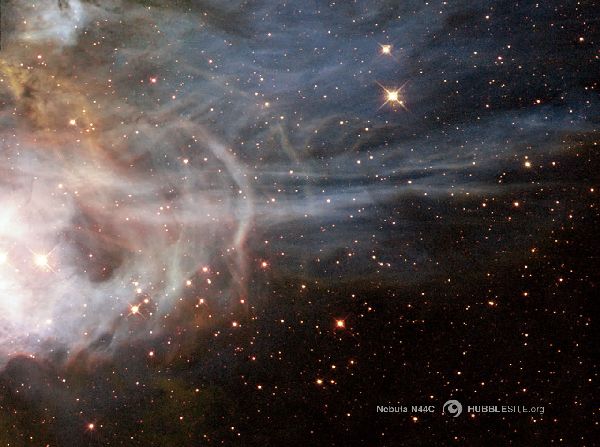 n44c-1280_wallpaper-a.jpg |
What a telescope sees for this section of sky. This is to scale. mosaic1_diCiccoWalker-a.jpg |
Galactic current paths.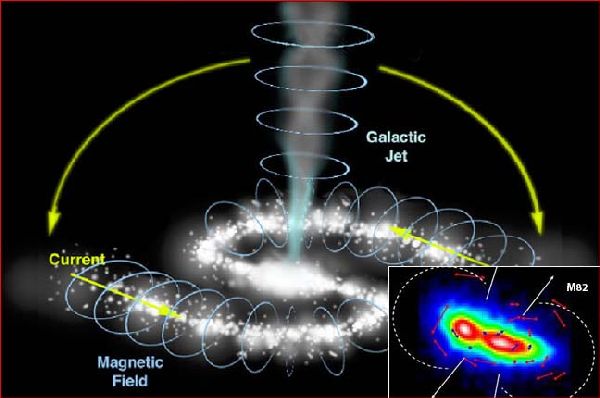 050113seeing-circuits-a.jpg |
A visible light image, superimposed with an XRay image. m82-ps23_16x20-a.jpg |
Jets out of a galaxy (this is an amateur's photo)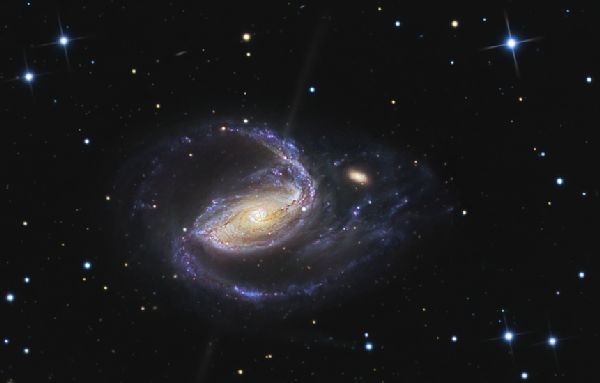 small_ngc1097-a.jpg |
Plasma at different scales: lab, terrestrial, planetary, stars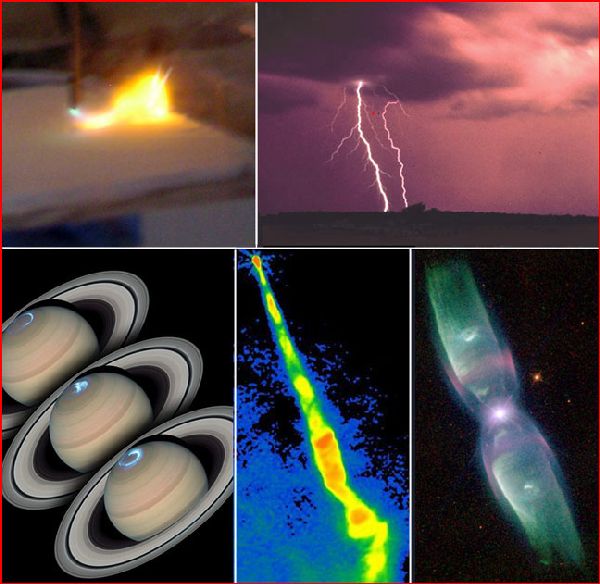 050419impossible-a.jpg |
Sunspot. Notice you can see the twisted current threads.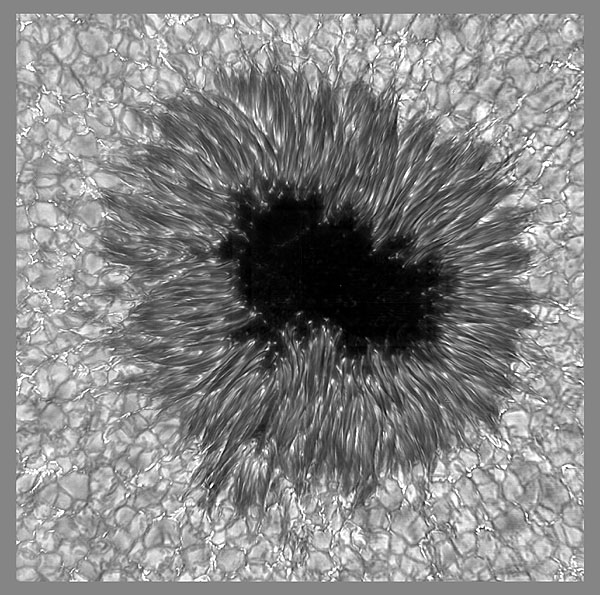 051013sunspot-a.jpg |
Crater peaks. Notice the split peak! Terracing on the crater rims.
Craters on the rim. 041115craters-a.jpg |
Hexagonal craters. Craters with peaks.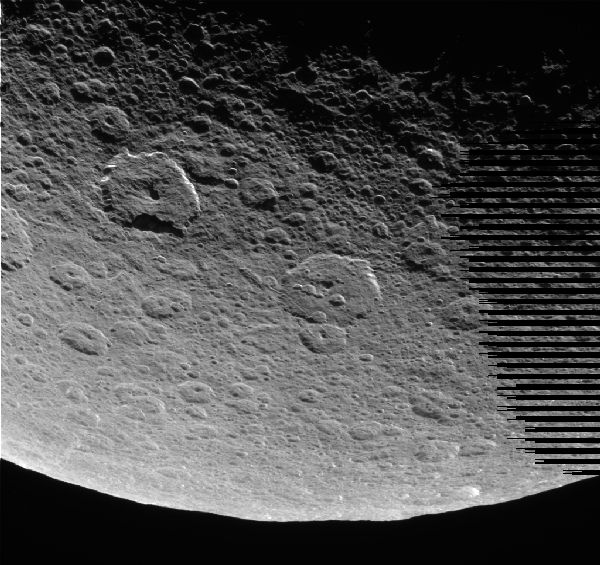 1922_4978_1-a.jpg |
Craters in a line, and with peaks. What made those lines? Especially the
ones that go across craters.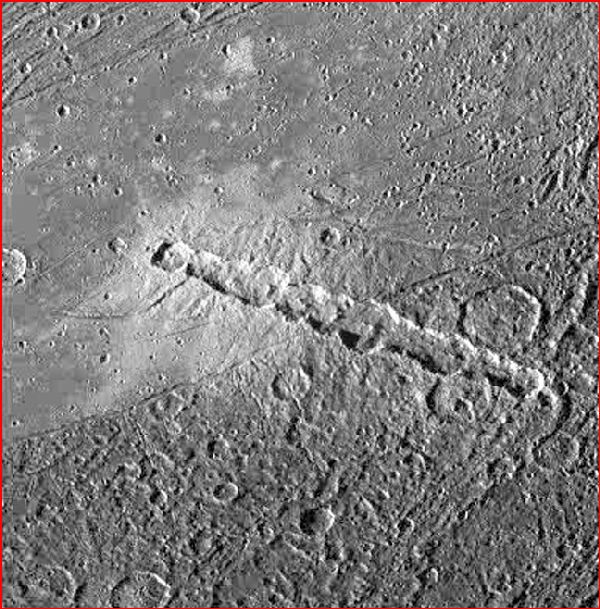 050810crater-a.jpg |
Hebes Chasma, Mars - water carved this? It looks more like scorched
earth to me. This chasm has no inlet or outlet; it is like one long
crater 379-260208-2149-6-3d-2-01-hebeschasma_l-a.jpg |
Seeing Red: Redshifts, Cosmology and Academic Science, by Halton Arp
-----BEGIN PGP SIGNATURE----- iQJHBAEBCAAxFiEEYqr7jz9RYjNzrU4fF99P//+OklQFAmilWUYTHGJhcmFmbmVs QGdtYWlsLmNvbQAKCRAX30///46SVDPHD/94yYl8J1cJGzYsy38TYlV4kzQSz4f+ mxXv23RkLwckkWzHZQJlLNPWt0y8qRbs/H5TnQ5ZyvH5jT8zlhpe4WVZxm/GCCoW UV+LyEDWJphfL3Ru+mdJ1pHIABoD8TG1efaks1w0A85W0yio6G9aKkNXA8ditxgz gTBLlusj3UUrz5BXn8LFeupLd7zXwrtDU1wMvST0mcXAu2rORzwQ9SUhqP7NmBjV F4JZ01f47yBr49GHgrb1JPZHTyrLcJ6cuNNvbxVKgMrUBgO77wCsBxbv9A/KvUrJ +1Cn1zzmT4LW/TnvpKzw6OHUn2XtahjTNiPeSNm1FZRGRhXwzu82puxx+dgcOXR9 mDnUEmh9AUm8NUpchfWzFelNMe9VQm0rlCow/fSLZcKDePMwfn0etBQiIgil7vHa 06cdDMn6uzsPuYHW2oUNthR7Pc1HEtsSAYGm8U8Hty5lyyErwnnpbpgg6/6Vzyx2 vDX/3KDefIuW59pjX2g2zk/KOWQSPQ4i1iHl0gB1X6ivJIWivGtX6gewY3BP9LGO iJ2ySmw7eLizpEFQnvRXMMNxWb3krL7vR9UFHUGFWsnbgH7QUdNGgVzF1oUMwhil TNVdNLPq43WxvrvdVvkvd/uQVaouHCihONkveCk+t9xtrNOIw2gpxlGV3mFKLJFo iLSENAMjUgQJhw== =OIw0 -----END PGP SIGNATURE-----URL: http://moria.whyayh.com/essay/plasma-cosmology.html